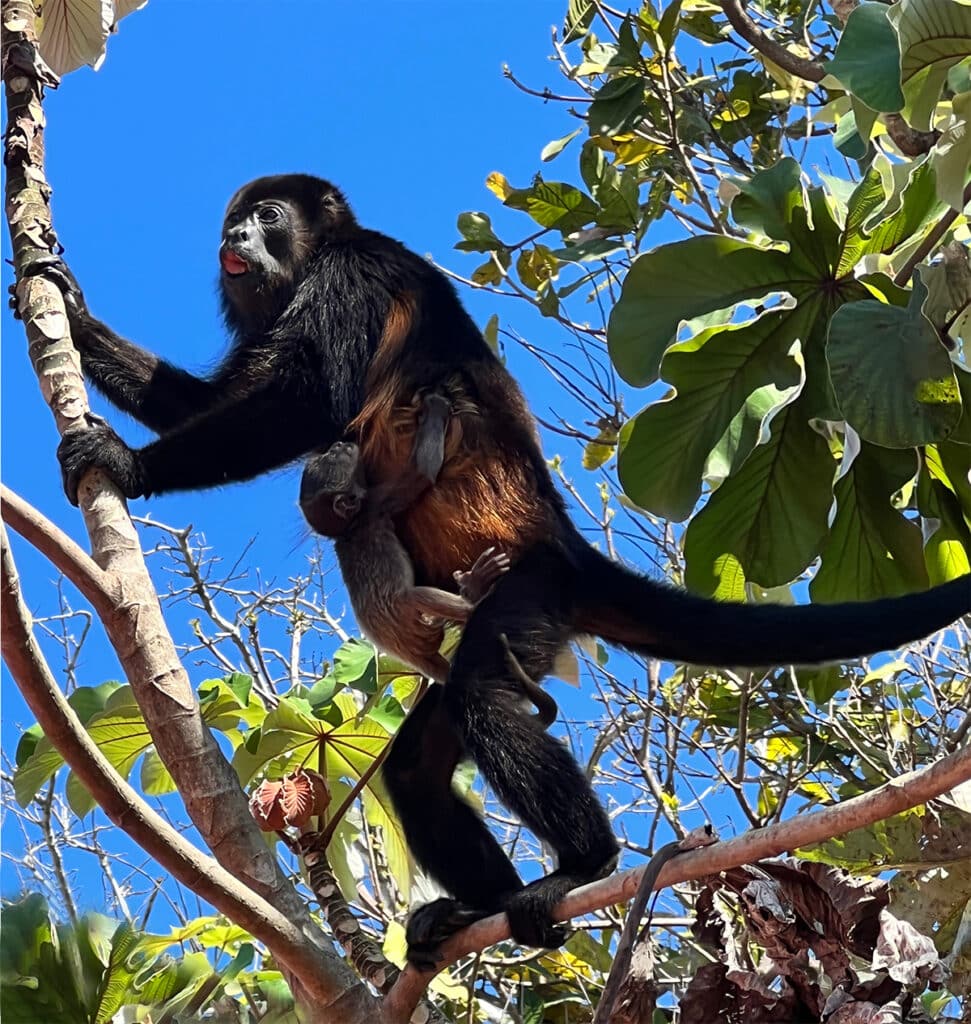the wildlife of
Costa Rica
About several million years ago, Costa Rica rose from the ocean and began to form the land bridge between North and South America. Over time, the species of these two very different land masses began to intermingle – right where Costa Rica is today. The perfect place for flora and fauna. A place where nature has let loose more than almost any other place on this earth!
Costa Rica, the “rich coast”, keeps what the name promises…
With over 500,000 species of wildlife, many of which are rare and endangered, Costa Rica’s wildlife is among the most diverse in the world. In total, more than 35000 species of insects, over 900 species of birds, 230 species of mammals, 220 species of reptiles and 160 species of amphibians can be found in the tropical paradise of Central America.
From adorable sloths to playful monkeys, from tiny colorful tree frogs to giant crocodiles; from endangered jaguars to fierce jungle cats; from prehistoric iguanas to more than 900 species of tropical birds; from gentle giants like the whale shark and giant sea turtle to countless snakes and frogs, some of them highly venomous.
The most important animal species of
Costa Rica
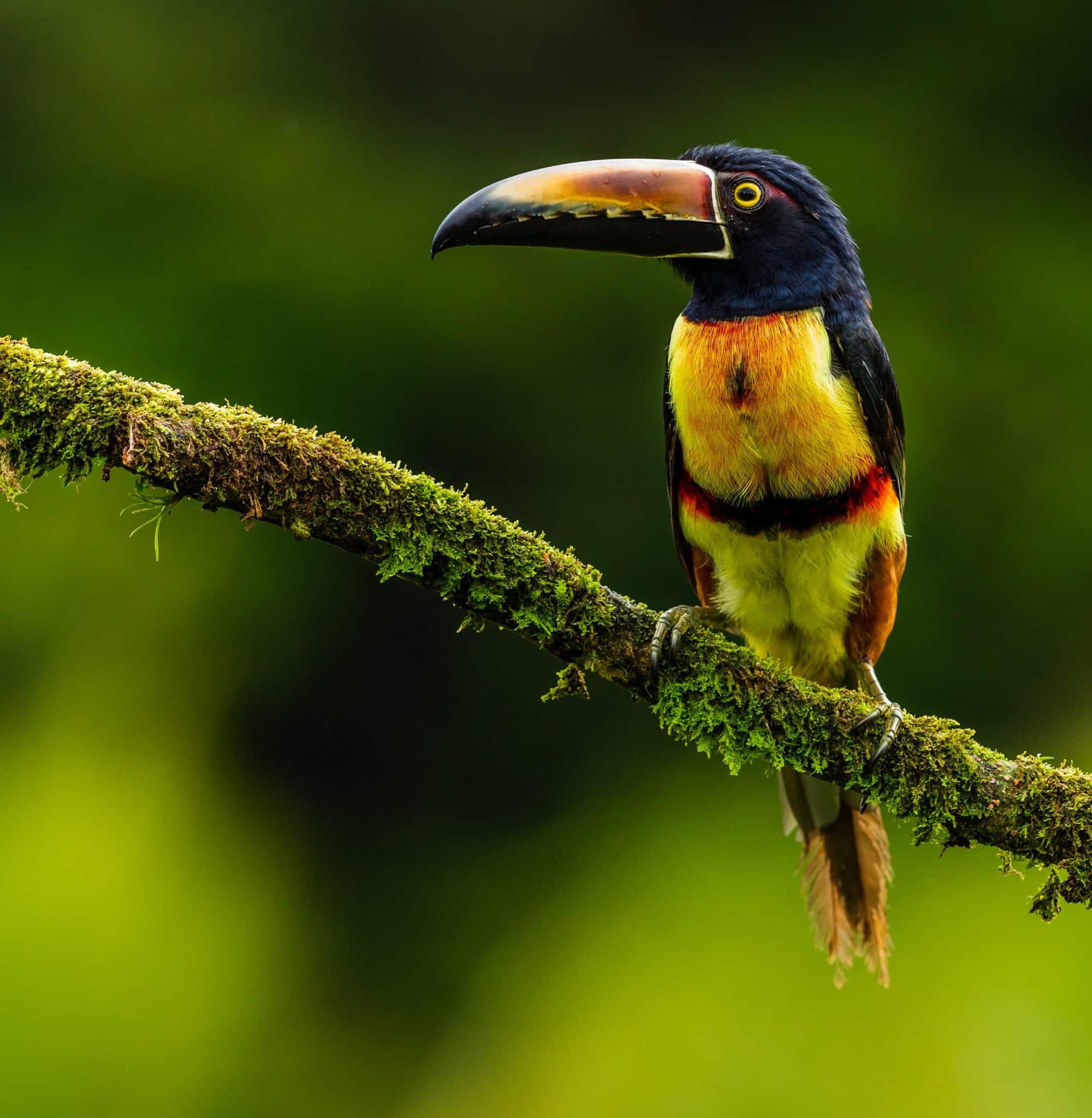
Birds
There are thousands of fascinating birds to see in Costa Rica, whose main habitats are the humid rainforests. The most famous and dazzling birds of Costa Rica are the toucan with its colorful giant beak, the macaw from the parrot family and the so-called bird of the gods, the quetzal. The fact that most of Costa Rica's birds are fruit eaters is, by the way, a clever move by nature. From a purely evolutionary point of view, it is important for the birds that fruit is easily accessible and does not have to be searched for at great expense. For the plants, on the other hand, it is important that their seeds are spread by the birds by being eaten and "dropped" somewhere else. This makes it easier for young plantlets because they do not have to fight with their larger "conspecifics" for the scarce sunlight in the rainforest. A clever symbiosis that only works if rainforests remain protected and untouched.
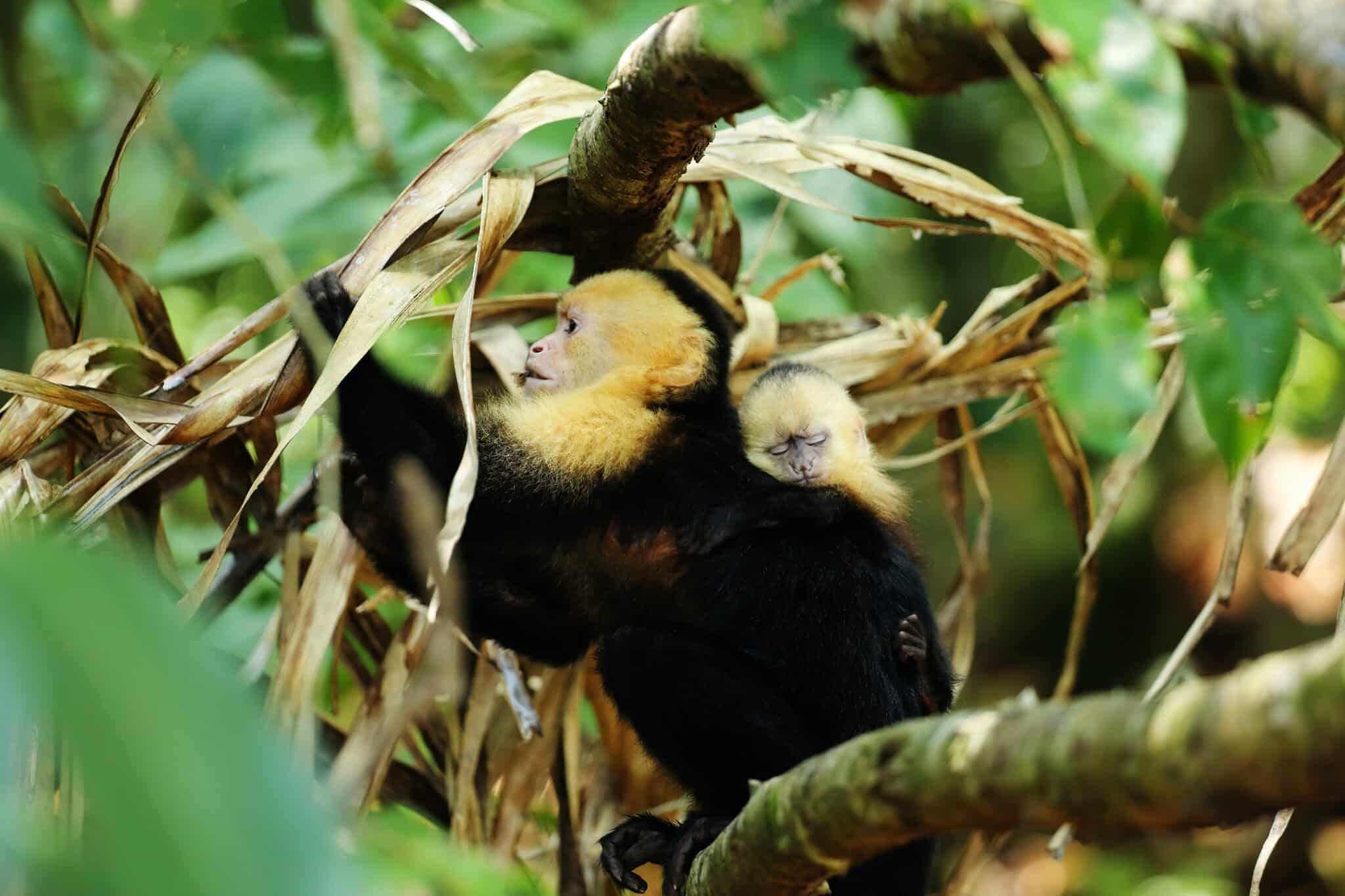
Monkeys
There are four species of monkeys in Costa Rica: squirrel monkeys, howler monkeys, spider monkeys and capuchin monkeys. They are found throughout the country, mainly in coastal areas. Insecticides, power lines and illegal wildlife trade threaten Costa Rica's monkeys. However, deforestation has been and continues to be the main cause of their habitat loss. As early as the 1930s, some species were endangered as the banana industry boomed and many forests became cropland.

Sloths
If you want to see a cute sloth in the wild, Costa Rica is the place to be, as you are almost guaranteed to see one here. It is essential for the animals, and perhaps more important than for any other species, that their habitat remains untouched. Sloths need very tall trees - in rainforests untouched by humans, some tree species grow up to 80 meters tall - that form an upper canopy, followed by several layers of undergrowth. In this environment, all the trees are interconnected and the sloths can easily move around their habitat without having to return to the ground often.
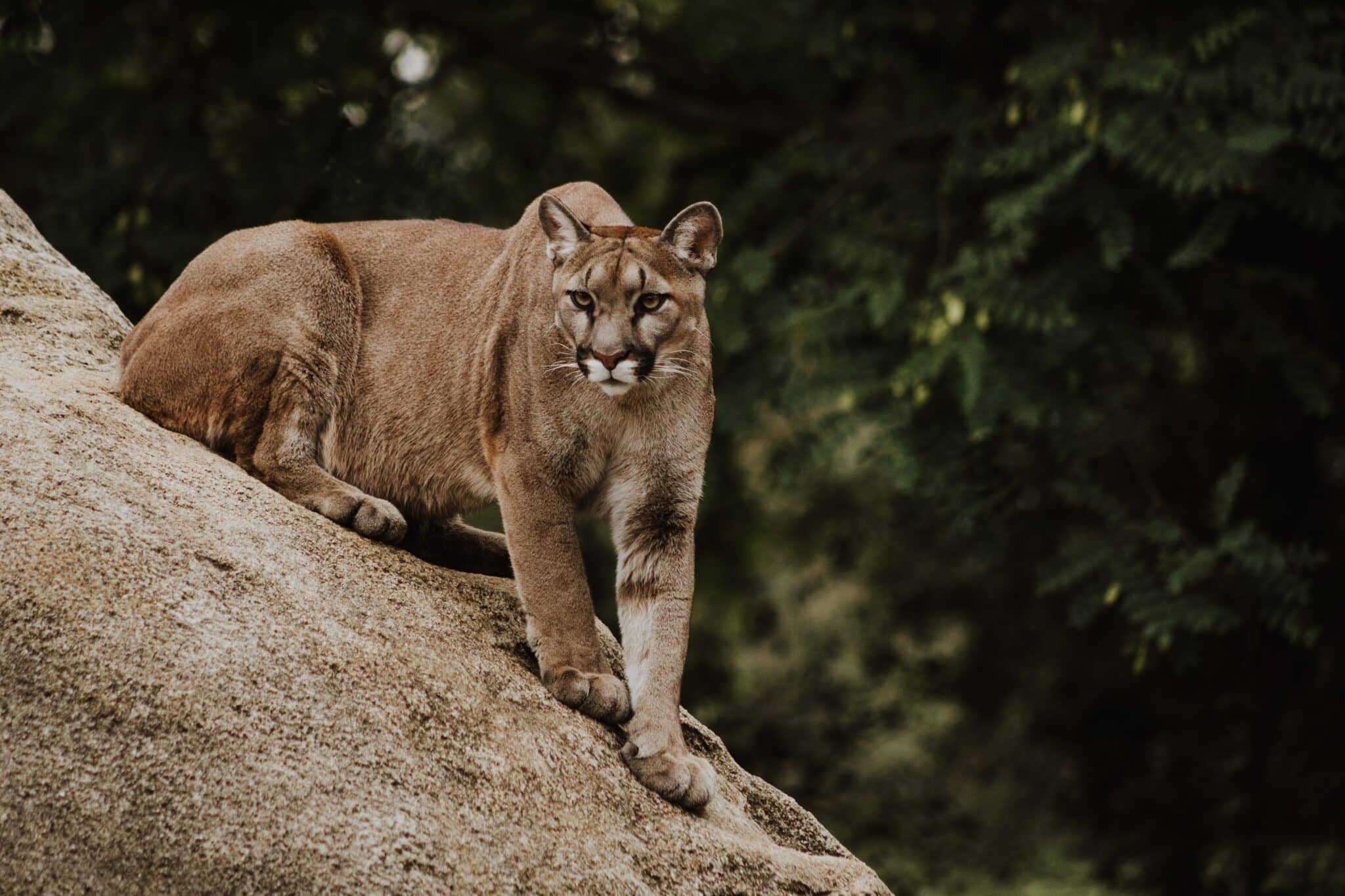
Wild cats
In Costa Rica, if you are very lucky, you can observe six different species of wild cats - but all are highly endangered and in acute danger of extinction due to habitat loss, illegal hunting and/or fur trade. In particular, the country's largest and most famous predatory cat: the jaguar. This highly endangered species is mainly found in reserves and national parks, where the jaguar is better protected.
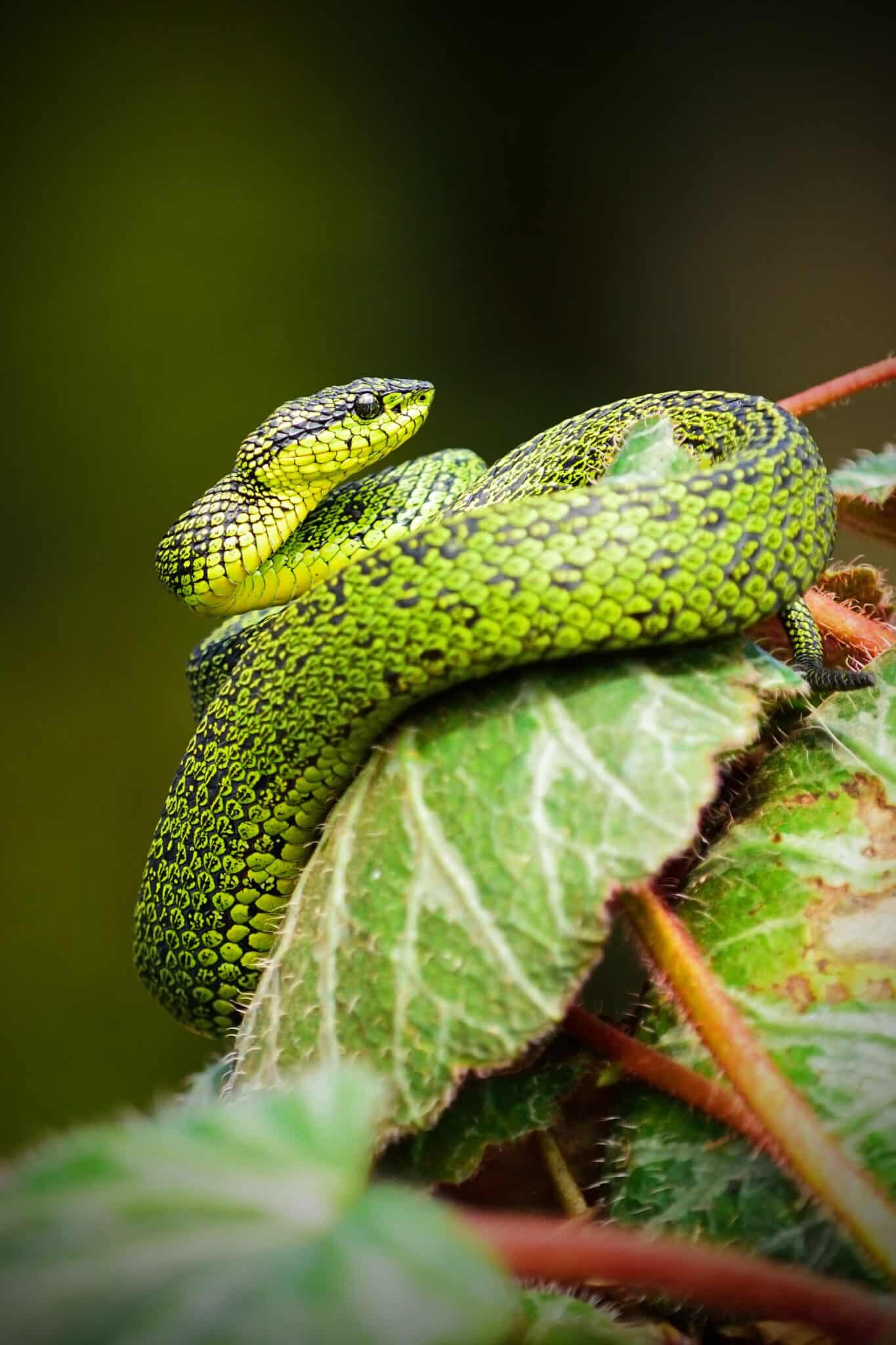
Snakes
There are a lot of snakes in Costa Rica - about 140 different species in total. They can be found in trees, under rocks and in numerous places where you would not even expect a snake to squeeze in. Some species are highly poisonous and dangerous, but for all of them the following applies: If you don't disturb them, they will leave you alone! Even though snakes are not as popular as sloths, monkeys or turtles, they play an important role in the conservation of Costa Rica's ecosystems. They keep pests away from the plants and according to the latest research they are even secondary seed dispersers and thus help the vegetation to spread further.
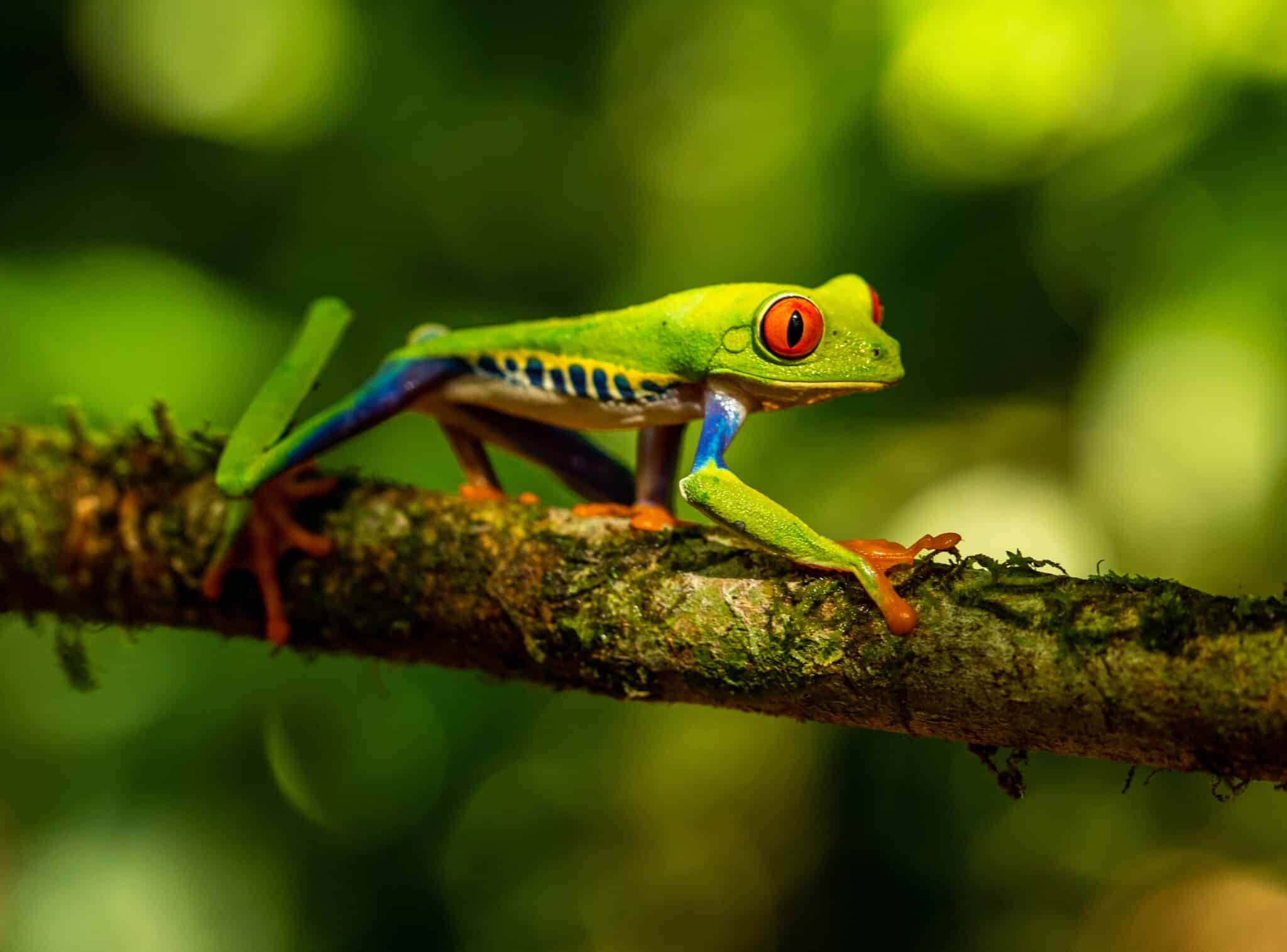
Frogs
If you've ever had a Costa Rica travel guide in your hand, you've probably seen a colorful little frog on the cover. The country's amphibians are probably the most beautiful and colorful in Costa Rica's wildlife. These creatures, with their limitless color patterns, come in a variety of sizes - from giant toads to tiny frogs. Costa Rica is home to 215 species of amphibians. Of these, experts consider about 30 percent to be endangered.
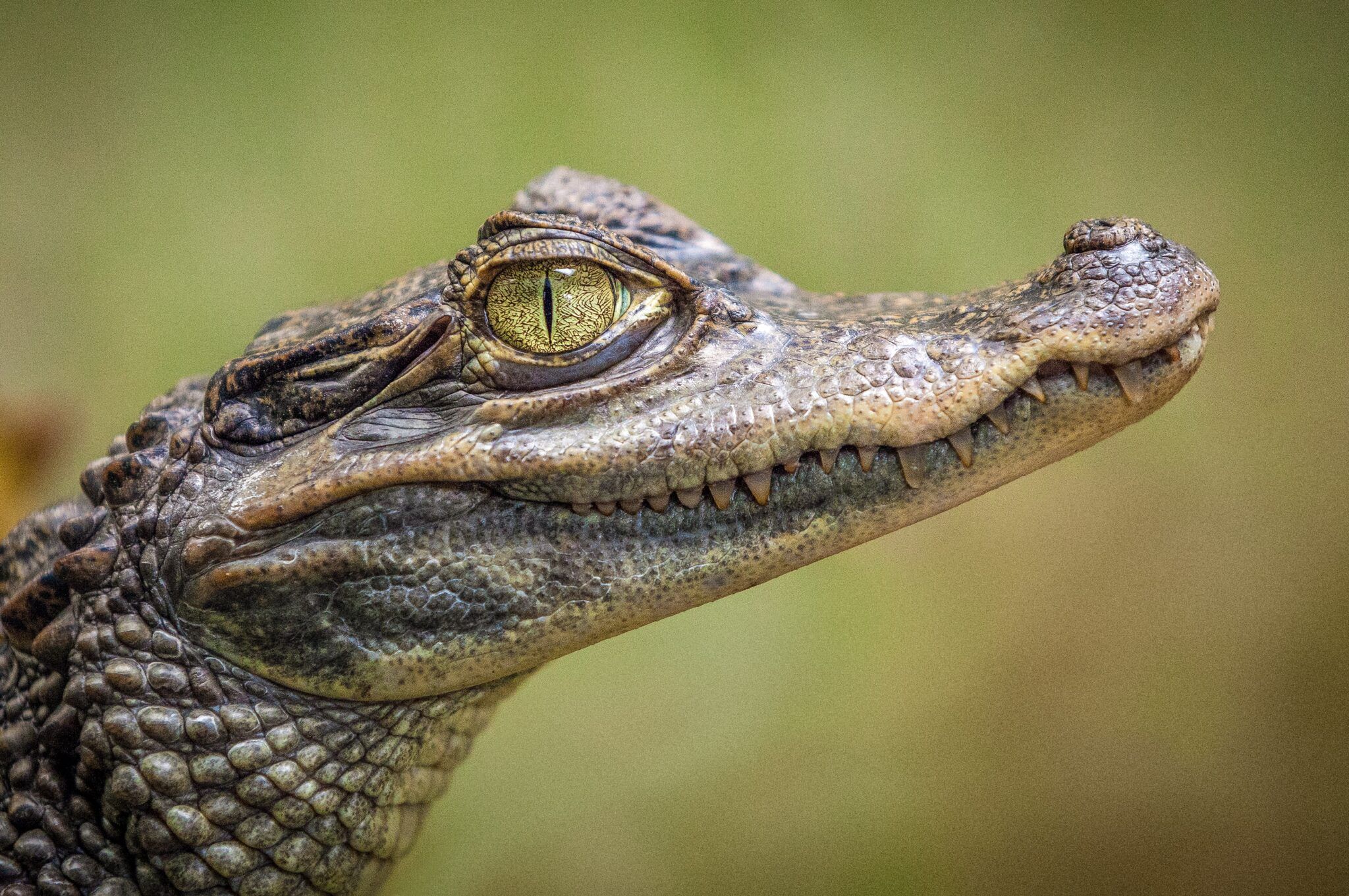
Crocodiles
These reptiles, up to five meters long, can be found in Costa Rica's rivers and waterways. Unbelievable, but true: Costa Rican crocodiles may soon be threatened with extinction, even though they have no natural predators. The problem? Once again, man is the main culprit! According to the latest study, female crocodiles are increasingly disappearing from the country's rivers. This has to do with climate change, but mainly with deforestation in the past, as the temperature of crocodile nests determines the sex of the offspring. If the trend of "masculinization" continues, crocodiles could be extinct in 20 to 30 years.
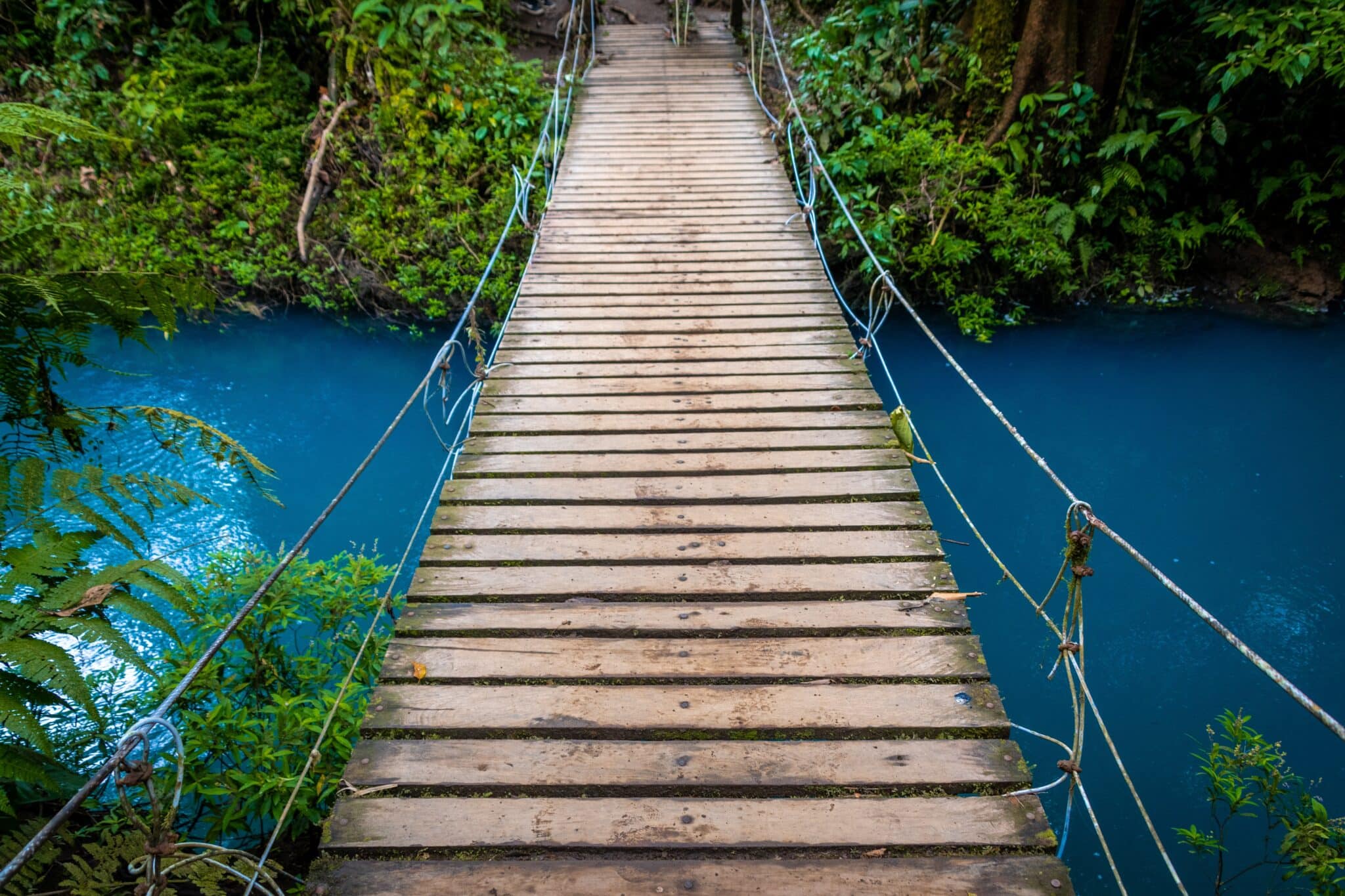
Landscape: Green, greener - Costa Rica
Costa Rica is located on a section of the American continent known as the Isthmus of Panama. About 20 million years ago, the continents of North and South America were separated by the Central American Seaway. The movement of tectonic plates under the ocean resulted in submarine volcanoes that eventually formed a chain of islands between the two continents. Over millions of years, sediments were deposited between these islands, forming a land bridge, the isthmus, between North and South America. It connected the two American continents for the first time in 150 million years.
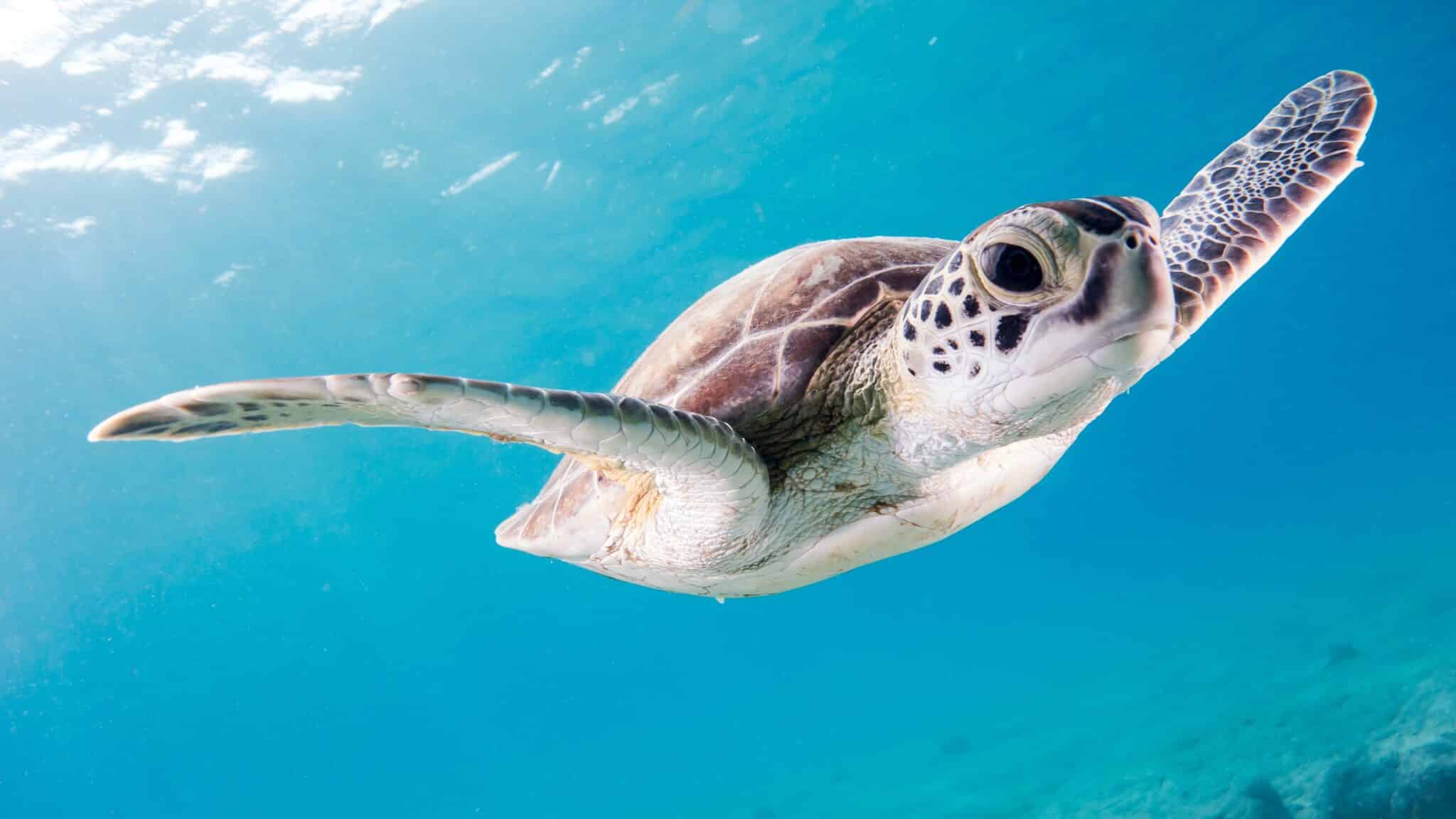
Marine Life
The marine life in Costa Rica is full of amazing species and specimens. For example, Costa Rica's mammals include whales and dolphins, while reptiles include sea turtles. There is also a great variety of different fish, not only in the oceans, but also in lakes and rivers. Almost all species of turtles are classified as endangered and are victims of poaching for their meat, shells and eggs. Furthermore, illegal fishing is a huge problem for many marine species. In the coming years, fishing is to be banned on 500,000 square kilometers in the eastern Pacific in order to protect sea turtles, sharks and numerous other endangered fish species.
12 different ecosystems
Costa Rica
The country’s geographic location means that there are predominantly wet seasons on the Atlantic coast and alternating wet and dry seasons on the Pacific side. This mix of weather systems throughout the country contributes to Costa Rica’s rich diversity of species and plants, as well as its different climates and ecosystems.
The aforementioned volcanic islands of prehistoric times are still present in present-day Costa Rica – they are the mountain ranges that stretch across the center of the country. Costa Rica is known for its tropical forests and dream beaches, but the country’s mountains are at least as great a wonder.
Cerro Chirripó, at 3,820 meters, is the highest mountain in the country. By comparison, Germany’s highest mountain, the Zugspitze, is just 2962 meters. The volcanic soils surrounding the mountains contribute in large part to the lush plant life found throughout Costa Rica. Combined with the tropical climate, this leads to a variety of different ecosystems – an incredible 12 in all!
For a country that makes up just 0.03 percent of the world’s total land mass, an incredible number. These range from tropical forests, cool mountain cloud forests to mangroves, wetlands, tropical lowland rainforests and coral reefs. Each ecosystem is unique and incredibly rich in individual animal and plant species.
Plant Diversity of
Costa Rica
Costa Rica has the greatest plant diversity in the world with trees, aquatic and terrestrial plants, flowers and plant species that amaze even experienced biologists.
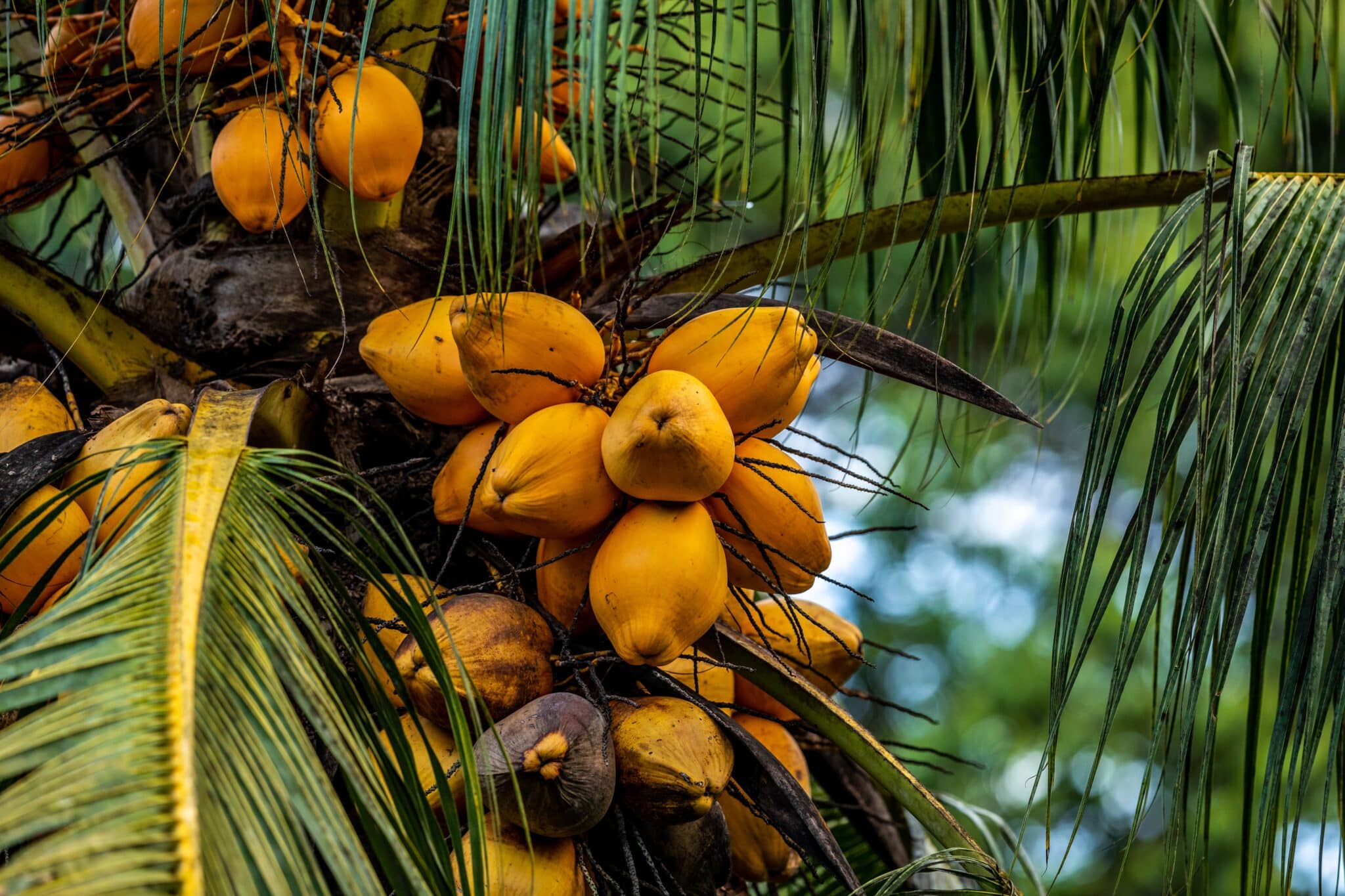
Impressive trees
One of Costa Rica's overwhelming natural wonders are its trees. Their impressive size demands silence and respect. As you admire these ancient giants, you inevitably think about how many years these trees may have been standing, how many animals nest among their branches or roots, and how many of them have survived only because they ate the leaves, the flowers, or the fruit of this tree?
There are about 1900 species of trees in Costa Rica, with the guanacaste or ear fruit tree being the national tree of the country. It is an unmissable flowering tree, known mainly for its size and characterized by a spherical crown. The guanacaste is widespread in Costa Rica, and animals often hide under it during the intense sunny days.
In addition, there are countless gigantically large (up to 80 meters!) and wide (circumference up to 25 meters!) trees with dense canopies through which hardly any sunlight falls. Trees that bloom in bright colors or produce the most delicious fruits like papaya or mango. Trees are undeniably the most important personalities of Costa Rica's rainforests and are inseparable from the world of birds and land animals. They provide food, shade, oxygen, CO2 absorption and habitat for sloths, monkeys, birds and a host of other creatures.
In addition, some of the most valuable tropical hardwood trees grow in Costa Rica's tropical forests. The rare rosewood, for example, like the deep purple amaranth wood, is among the most expensive tropical woods in the world. Teak trees, royal mahogany or bangkirai are no less coveted, making Costa Rica's dreamlike tree giants an endangered species that must continue to be protected from illegal clearing in the rainforests. Anyone standing in front of such impressive, ancient tree giants will inevitably ask themselves in the future: does it really have to be the case that these natural beauties are felled - just for the sake of consumption; for a new table or the new wooden terrace?
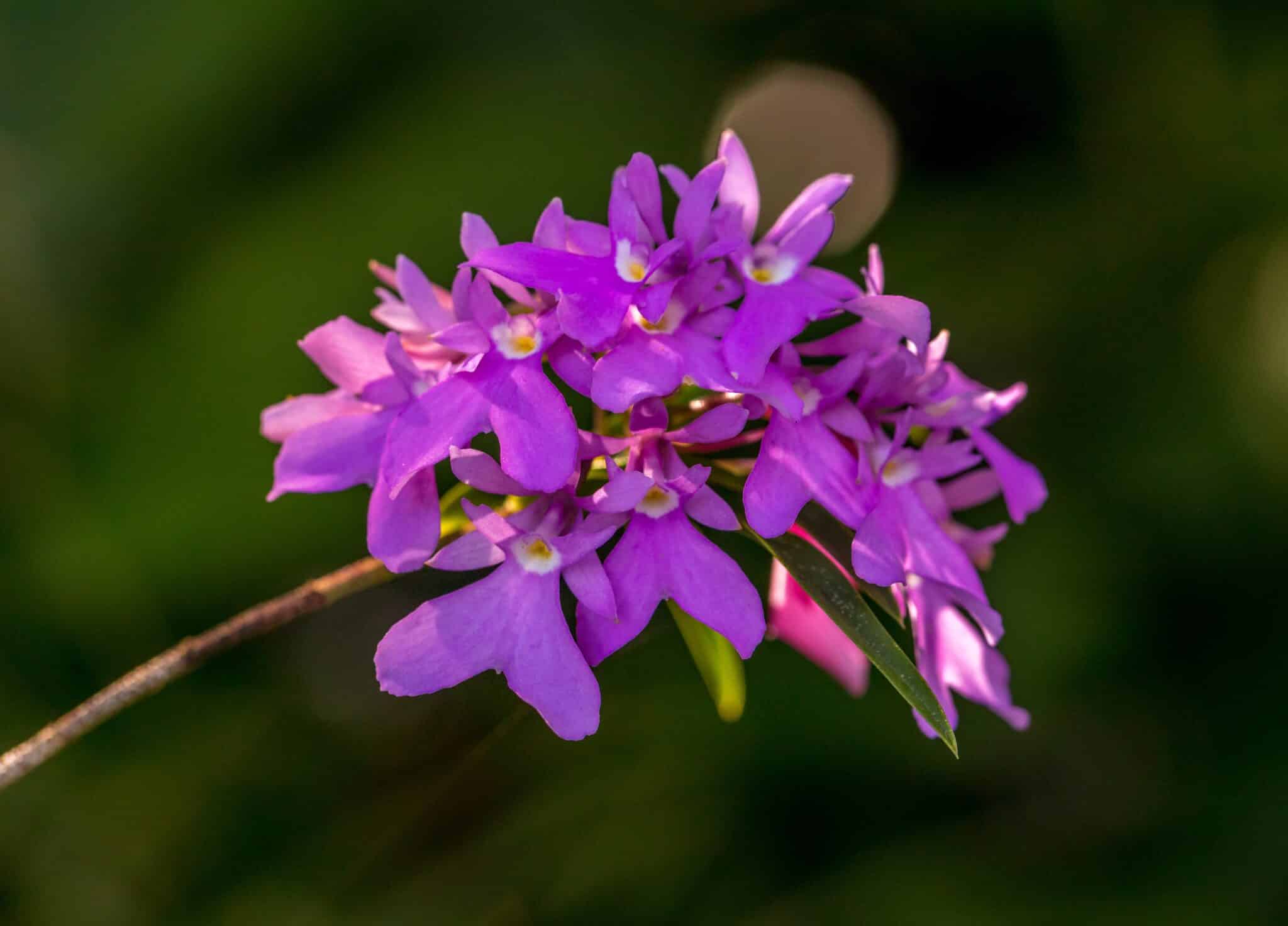
Land of the orchids
Worldwide there are about 20,000 orchid species, in Costa Rica alone about 1500 - in almost all colors and shapes. One of them is the national flower, the Guaria Morada - a beautiful purple orchid with a beguiling fragrance. The Guaria Morada is an essential part of the country's tradition - it is said to bring good luck and is symbolic of harmony within and between different families. Orchid poachers, so-called "materos" are a huge problem in Costa Rica. They work like drug dealers - with similarly high profits. Materos live in hiding, frequently changing phone numbers and going to the most remote and dangerous areas of Costa Rica's rainforests to collect rare and exotic orchids to sell on the black market. It is estimated that this is a business worth more than $6 billion worldwide! Costa Rica does have laws against orchid poaching and exporting from the country - but this does not effectively prevent anyone from doing so - locals or foreigners.

Residents
The Ticos - as the country's inhabitants call themselves - have a penchant for conservation. More than a quarter of the country's 51,000 square kilometers is strictly protected. Respectful treatment of nature is a matter deeply rooted in the hearts of the inhabitants. The Ticos are proud of their natural paradise and of their motto "Pura Vida" (simple life). It is a philosophy of life that encourages focusing on the positive and being grateful for what you have around you. Costa Ricans have acquired an impressive mindset that keeps them from constantly worrying about 1000 things, as we ourselves often do.
The Ticos have a very relaxed and simple way of looking at and approaching life. For them, pura vida means being grateful for what they already have and not dwelling on the negative things. In doing so, they don't block out the fact that bad things happen. They focus more on the positive aspects of everyday life and living. In a country populated by people with such a positive attitude, it is easy to understand why Costa Rica is called one of the happiest countries in the world.
"Pura Vida" - we could all use a little more of that, right?

Economy and Income
Costa Rica is a success story in many ways when it comes to development. It is considered a middle-income country that has experienced steady economic growth over the past 25 years. This growth is the result of a strategy based on openness to foreign investment and trade liberalization. The education level of the Ticos is very high by Central American standards, making it particularly attractive to many foreign companies as a place to set up operations. But not only because of the education of the inhabitants, but also because of the political stability and security of the country.
Costa Ricans have a higher standard of living than many Latin American countries, yet about a quarter of the population lives below the poverty line. Many farmers or plantation workers struggle for their daily survival. Working conditions are often harsh, pay is poor, and illness rates are high due to pesticide use. For most workers on pineapple, banana or coffee plantations, the wages are just enough to provide themselves and their families with the basic necessities of life - but there is no money for a visit to the doctor or school fees.
Once again, the consumer world of the industrialised countries is partly responsible for poor working conditions. Those who consume tropical fruits at cheap prices must be aware that they are supporting exploitative structures. German supermarkets, for example, exert immense pressure on producers and suppliers. For example, although production costs in the pineapple industry have risen, prices fell by 45 percent between 2002 and 2015 alone. It is the same with bananas - in order to buy the yellow fruit so popular with us cheaply, Costa Ricans have to work hard on the plantations for little money. For example, it is not at all unusual for a plantation worker to get just 4.50 euros a day, although the official minimum wage is 14.84 euros. Around 30 to 40 percent of the working population earns significantly less than the minimum wage. More than 300,000 people even do not earn enough to satisfy their hunger.

